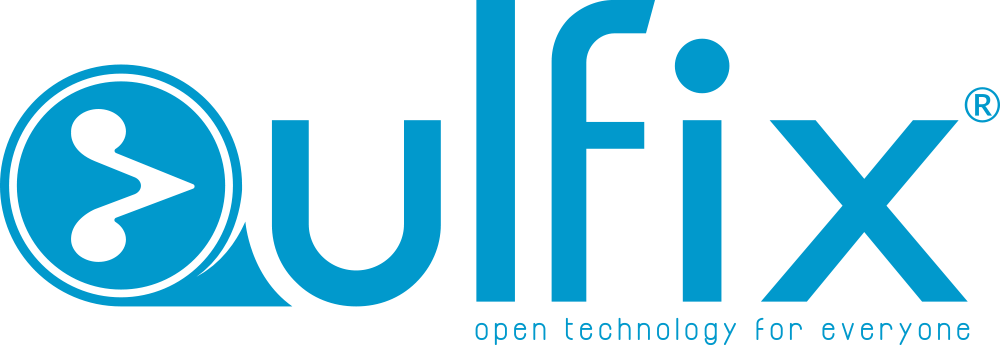Best Practices for Software Development: Building Robust and Scalable Software
In today’s fast-paced tech environment, building high-quality software is not just about delivering functionality; it’s about creating robust, scalable, and maintainable systems that meet user needs and adapt to changing requirements. Below are the best practices every software development team should follow to ensure their projects succeed.
1. Embrace Agile Methodologies
Agile promotes iterative development, enabling teams to deliver small, functional increments of software. By embracing Agile:
- Teams remain flexible to changing requirements.
- Developers can quickly incorporate feedback.
- Delivery timelines are more predictable.
Key Practice: Conduct daily stand-ups, use Scrum or Kanban boards, and prioritize user stories effectively.
2. Version Control is Non-Negotiable
Using version control systems (like Git) ensures collaboration, traceability, and the ability to roll back changes when needed. Proper branching and merging strategies (e.g., GitFlow) streamline development across multiple contributors.
Key Practice: Maintain a well-documented branching strategy and ensure all team members are proficient in using the version control system.
3. Write Clean and Maintainable Code
Code readability and maintainability should be a top priority. Following standardized coding conventions helps developers understand and modify code efficiently.
Best Practices:
- Use meaningful variable and function names.
- Write modular and reusable code.
- Follow DRY (Don’t Repeat Yourself) principles.
- Use tools like linters to enforce coding standards.
4. Prioritize Testing
Testing ensures that your software functions as intended and reduces the risk of introducing bugs. From unit tests to integration and end-to-end tests, a robust testing strategy is essential.
Key Practice: Adopt Test-Driven Development (TDD) to ensure test coverage is prioritized. Use automated testing tools like Selenium, Jest, or JUnit for faster feedback loops.
5. Incorporate DevOps Practices
DevOps bridges the gap between development and operations, fostering a culture of collaboration and automation. It enables continuous integration (CI) and continuous deployment (CD), improving delivery speed and reliability.
Key Practice: Set up pipelines for automated builds, testing, and deployments using tools like Jenkins, GitHub Actions, or CircleCI.
6. Design for Scalability
As user demands grow, your application should be able to handle increased loads without degrading performance. Design systems with scalability in mind.
Best Practices:
- Use microservices architecture for modularity.
- Implement load balancing and caching.
- Optimize database queries and ensure database indexing.
7. Focus on Security
Security should never be an afterthought. Protecting user data and preventing vulnerabilities is crucial in today’s threat landscape.
Key Practices:
- Regularly conduct code reviews and vulnerability scans.
- Use secure coding practices, such as input validation and parameterized queries.
- Keep dependencies and libraries up to date.
8. Document Everything
Good documentation ensures that future developers and stakeholders can understand and work on the project effectively.
Key Practices:
- Maintain API documentation using tools like Swagger or Postman.
- Create a comprehensive README file for each repository.
- Use inline comments sparingly but effectively.
9. Engage in Regular Code Reviews
Code reviews improve code quality, encourage knowledge sharing, and reduce errors.
Key Practice: Use tools like GitHub or Bitbucket for peer reviews and provide constructive feedback focused on the code, not the developer.
10. Continuously Monitor and Optimize
Post-deployment monitoring helps identify issues before they affect users. Regularly assess application performance and optimize as needed.
Key Practice: Use monitoring tools like New Relic, Grafana, or Datadog to track application health, performance, and errors.
Conclusion
By adhering to these best practices, development teams can deliver high-quality software that is not only functional but also scalable, maintainable, and secure. The investment in following these principles pays off in the long term through fewer bugs, easier maintenance, and happier users.
Implementing these strategies in your team might take time, but the benefits are well worth the effort. Start small, improve iteratively, and watch your software development process transform.

